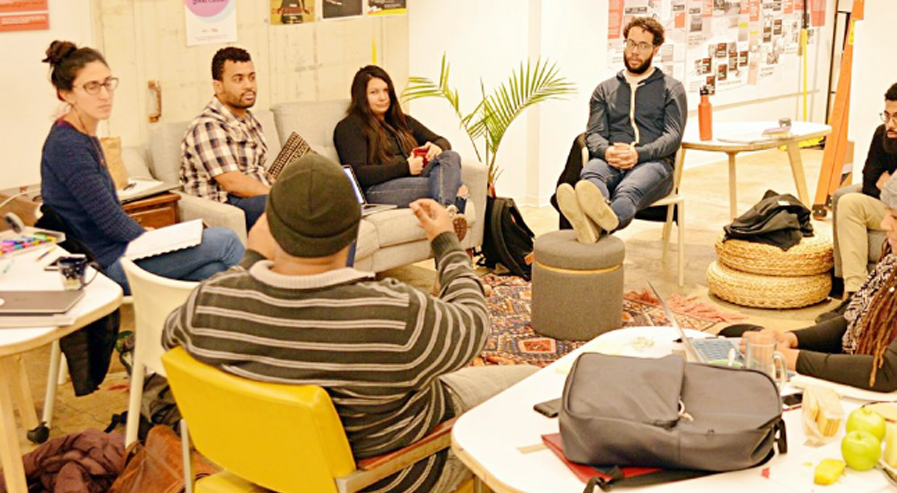By Leo Sammallahti and Iwan Doherty
Big and old co-operatives are underutilised in two ways: as arenas for ordinary people to exercise democratic control over the economic system; and as vehicles to nurture new and small co-operatives to expand democratic control into more areas of the economy. Member participation is too often lacking; turnout in elections is low and member resolutions are rare. Meanwhile, smaller and newer co-operatives too often perceive the old giants as distant and uninterested.
While colleagues at established societies can do much to address this, we believe change should be sparked by grassroots member activity. For this reason, we (Iwan, Leo and a third co-founder, Christian Shaw) have launched Members For Cooperation, a global network to organise ordinary members within co-ops to campaign for increased cooperation between cooperatives – the sixth principle of the movement – especially between the larger/older co-ops and the smaller/newer ones. The potential is huge. For example, if the Nationwide Building Society had invested 1% of its statutory profits into new co-operatives in 2019, it could have made an investment of more than £55,000 into every single co-op started that year in the UK.
We are looking to revitalise mechanisms of member democracy. This could mean putting forward a member resolution or endorsing candidates in board elections. Instead of creating conflict between members and management, we hope to come up with constructive proposals that are modest and reasonable. Instead of blaming co-operatives for not doing enough, we hope to compile examples of principle six past and present.
Bringing co-operators around the world together to share examples and develop new ideas is one of the core activities for the organisation, alongside organising to implement, replicate and scale these practices.
Co-operation between co-ops is most common among those in the same industry. A great example is CO-OP Financial Services, a US service organisation set up as a co-op and co-owned by credit unions across 50 states, operating one of the largest ATM networks in the country.
But too often co-ops operate in silos rather than co-operating across sectors, and we want to challenge this – and there are some great examples to follow. For example, many agricultural cooperatives have a strong relationship with the consumer-owned grocery cooperatives that sell their goods and the co-operative banks that finance them. A more specific example is VME, a worker-owned co-operative that provides point-of-sale software for most independent retail co-operatives in the UK.
We believe great potential lies in well-established co-operatives, operating in sectors where co-operatives are common, nurturing new co-ops in fields where they are yet to gain a foothold. This is especially the case when it comes to emerging industries – for example, co-ops could easily switch from Zoom to The Online Meeting Cooperative.
In the US, several well-established co-operatives supported the creation of Start Coop, an accelerator programme for unique and innovative early-stage co-ops. The first cohort included eight co-ops that were given mentoring and a no-strings-attached grant of $10,000 each.
One of the ventures, Savvy Cooperative, an online platform owned by its users who earn money or gift cards by taking part in medical research projects, went on to become the first co-op in US history to receive venture capital investment. Another conglomerate of worker co-ops called Obran, also made history by acquiring a conventional company and converting it into a worker co-operative – another US first. The programme is being repeated and has recently accepted a new cohort of co-operatives. Eventually, successful co-operatives from the programme will help fund future programmes.
-CoopNews
